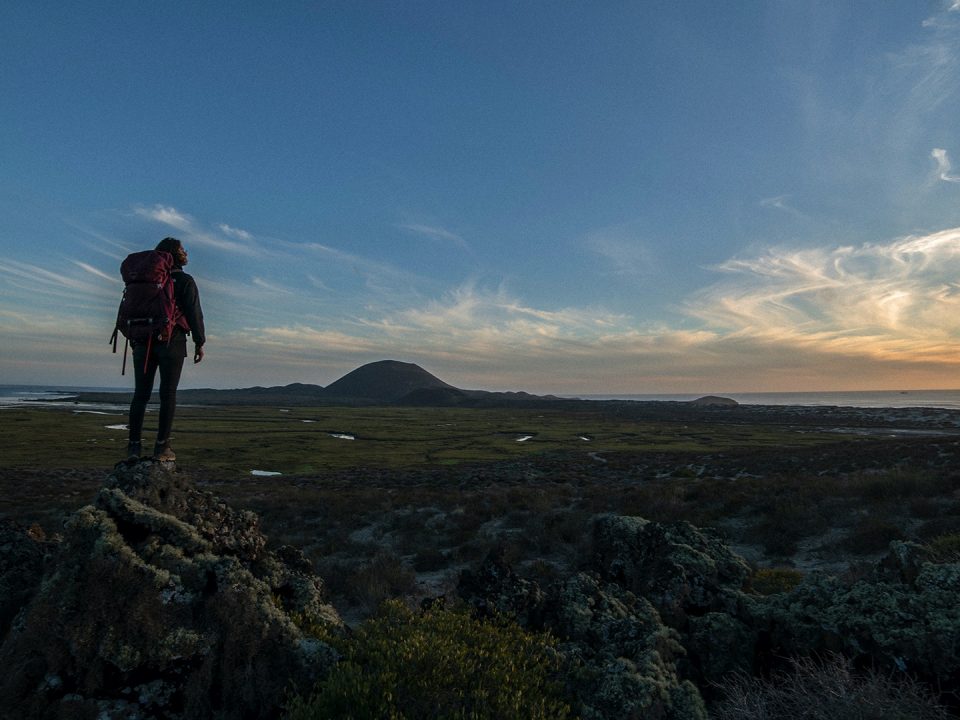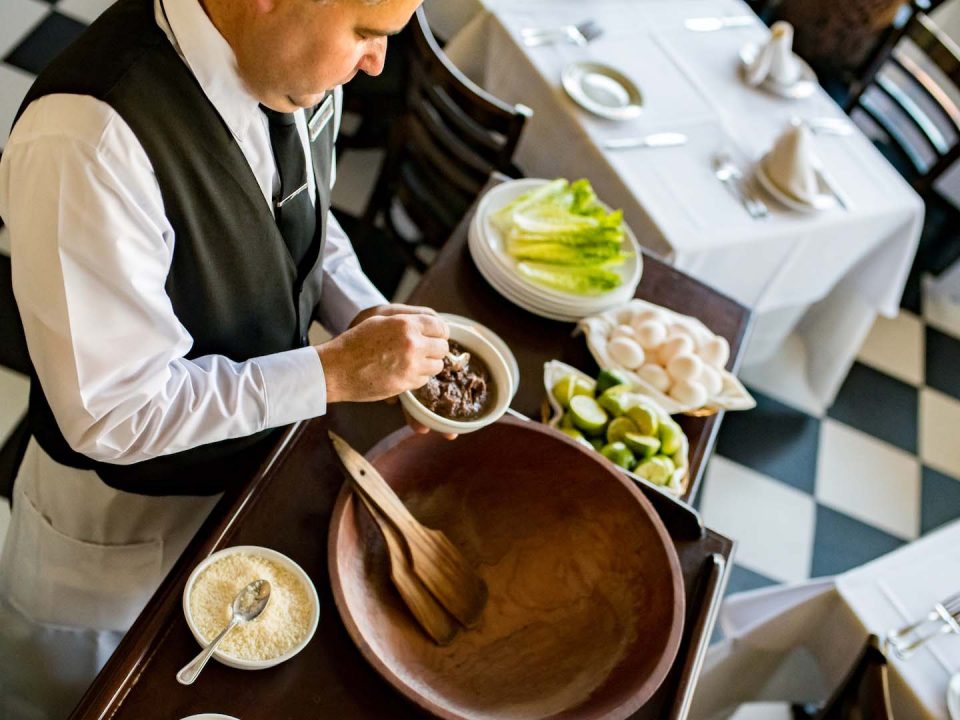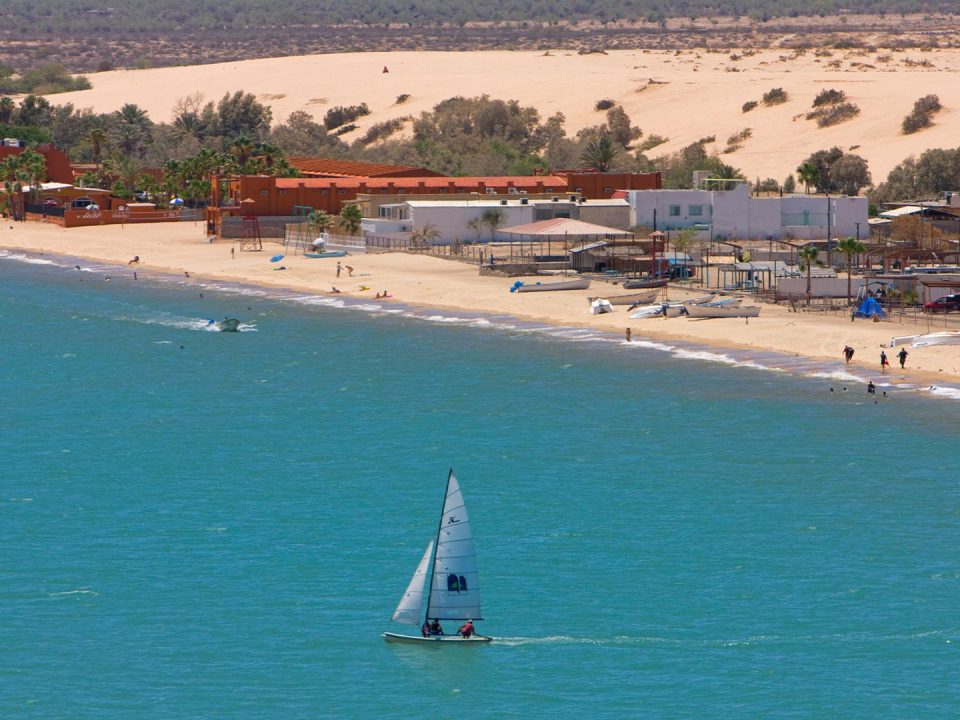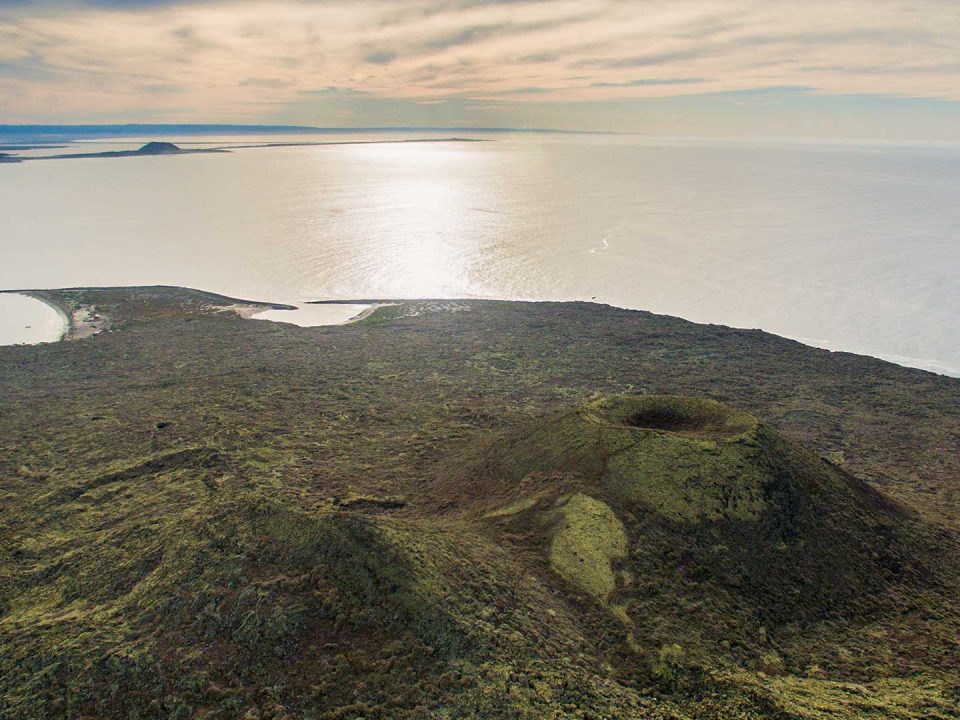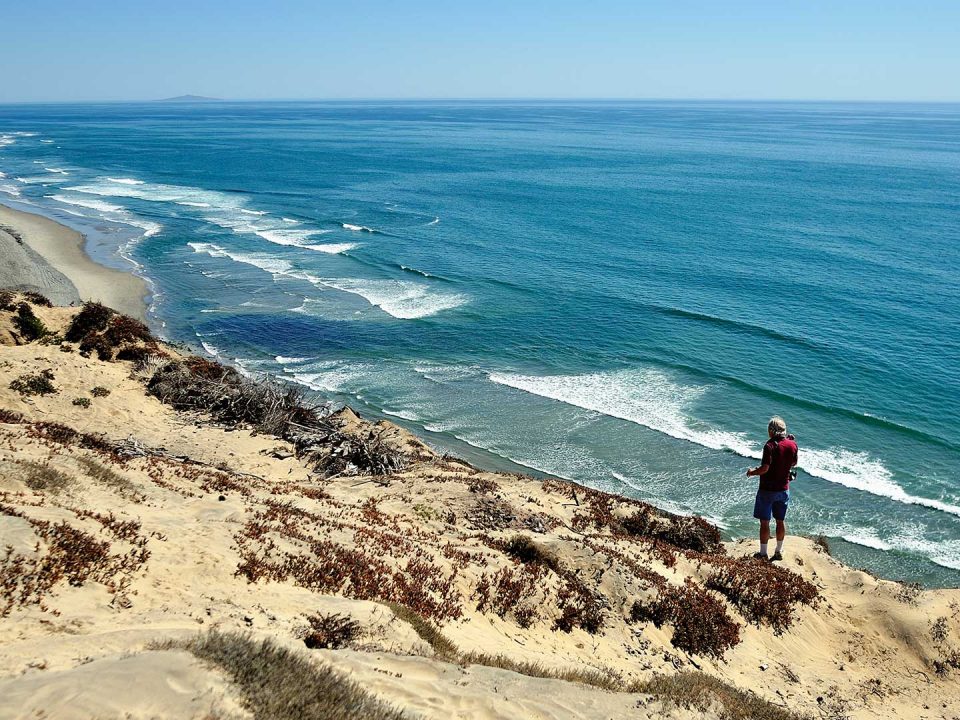What you need to know:
Visit local oyster farms, where over 100 tons of oysters are produced each year.Visit La Lobera viewpoint and stop by the abalone farming plant.
Baja California stands in 1st. place nation wide for organic berry production.
Location
View video
THINGS TO DO
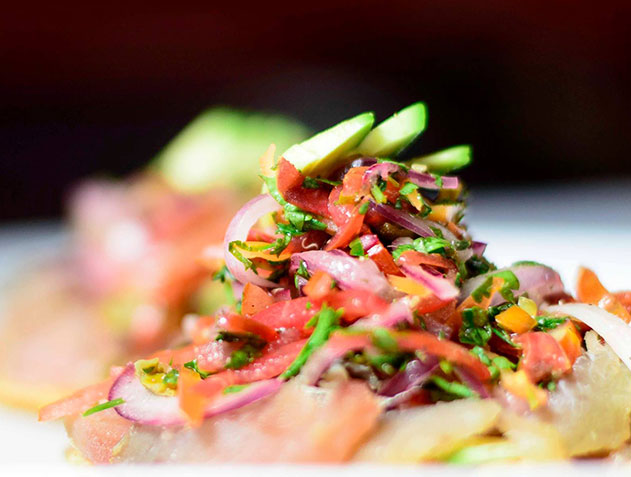
From sea to table
San Felipe es considerado uno de los mejores lugares de la región para disfrutar de deliciosos mariscos y camarones. Algunos dicen que Ensenada, otros dicen que San Felipe es el lugar de nacimiento del original Taco de pescado estilo Baja, pero una cosa es segura: ¡no podrás dejar de comer!
Enjoy from the traditional delicacies of the sea to the most delicious cuts of meat, without forgetting the must-eat tacos.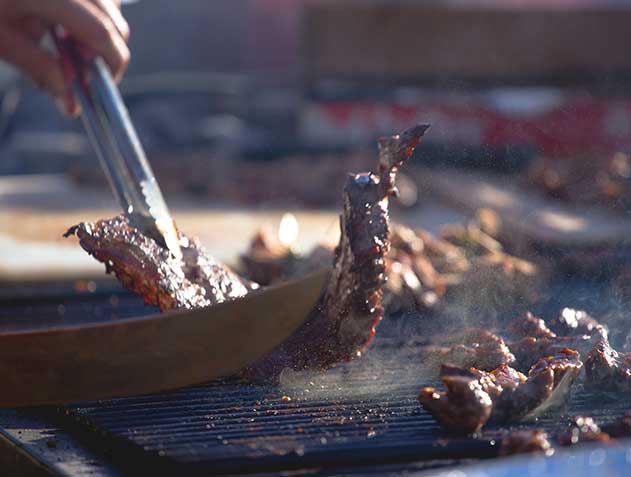
Amazing Food
It has the best offer of Chinese food in the region, but also with a constantly evolving cuisine; Mexicali, Capital de la Carne (Meat Capital) stands out for its fine cuts and date production. Also, a cool fact is that in Mexicali the famous clamato drink was created.
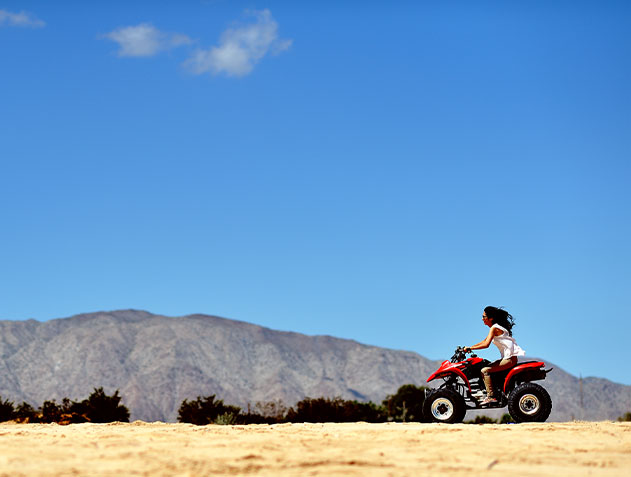
Actividades al Aire Libre
San Felipe es el lugar ideal para aventuras al aire libre! Maneja todo terreno fuera de la carretera, pasa por las dunas de arena, practica kayak o simplemente disfruta de la marea baja. Por la noche, el cielo se ilumina para una verdadera experiencia de observación de estrellas; cerca también podrás explorar el “Valle de los Gigantes” y mucho más!
San Felipe también ofrece una pesca increíble, y si le gusta el golf, puede jugar en el Mar de Cortés como telón de fondo.
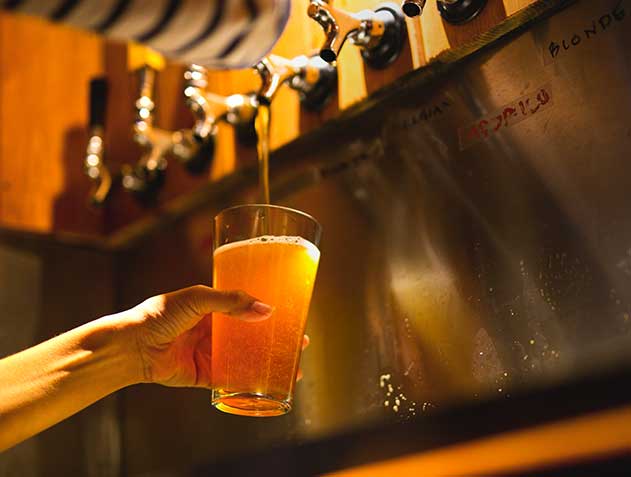
Hot weather, Cold Brews
The best remedy for high temperatures is a good cold craft beer and in the city you will find different places to visit after a day of work or meet friends, learn a little about its history and enjoy great sporting events as well as music Live.
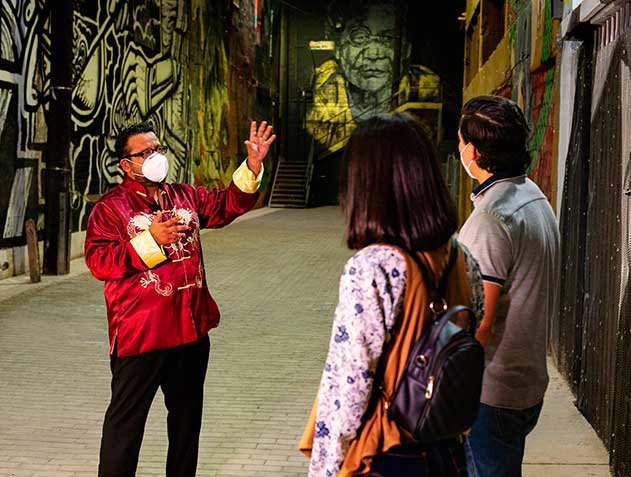
Art & Culture
Art is present in different venues which are icons of the city for its history, as well as cultural passages and museums. Several festivals are held throughout the year and it is an important place for the presentation of regional and national events. La Chinesca is a must when in town.
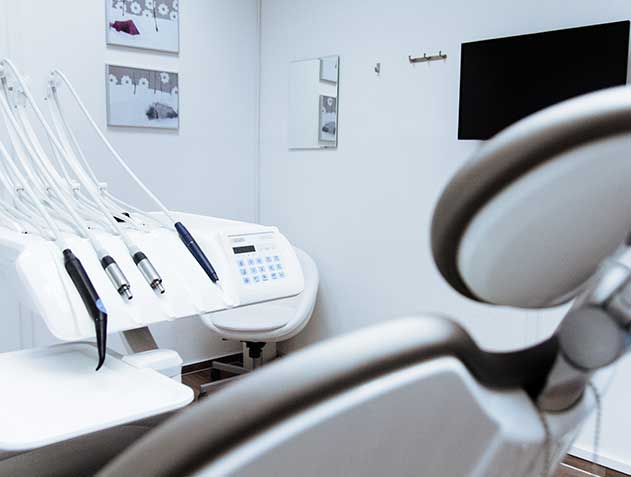
“Molar City”
Los Algodones, also known as “Molar City” is located in the northeast of the state, in the Municipality of Mexicali. Besides being near the Colorado River, beautiful and enormous cotton fields dress the area, providing extraordinary views that are best enjoyed in September.
This border town is famous for the high quality of its medical services. Nearby sand dunes provide a playground for those who are into sandboarding, this particular spot holds national and international competitions each year, making a name for its self among practitioners of this exciting sport.
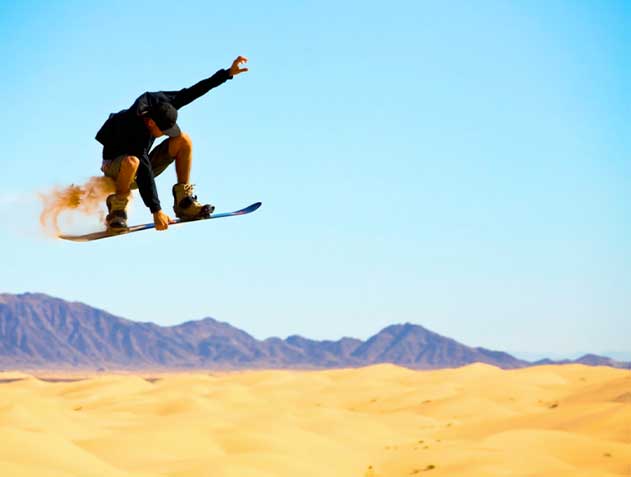
Adventure and Ecotourism
Mexicali offers amazing natural settings; extraordinary sand dunes, river kayaking, hiking and bike trails, and even an oasis in the middle of the desert, ideal for explorers and nature buffs.
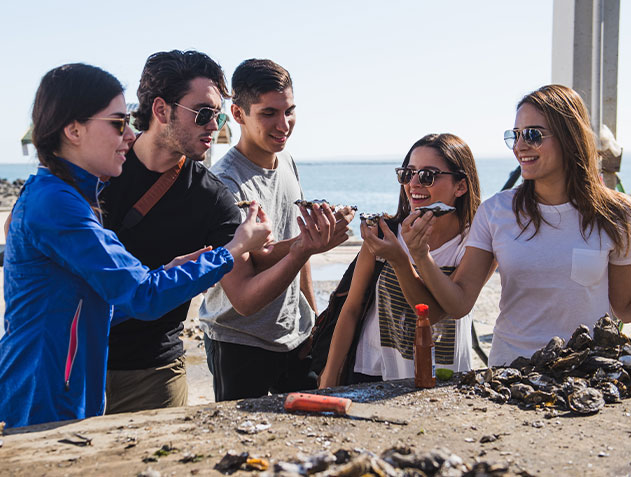
Seafood Paradise
The gastronomy that San Quintín offers is truly delicious, its dishes include mainly fish and seafood. In this town, seafood is prepared in an original way at every one of their beautiful restaurants and the majority offer a typical dish of the region, “La Almeja Pismo”, this clam is prepared smoked, or raw with lemon and chile. The town of San Quintín is known for the production of clams, oysters, and abalone. The Pismo clam can grow to be 15 centimeters, it is one of the biggest and tastiest of Baja California, you must try it!
During our visit to this destination don’t forget to try delicious eggs with lobster for breakfast and for lunch; an exquisite smoked clam soup, fresh oysters and abalone, and not to mention the classic lobster burritos of the Mamá Espinoza restaurant located in El Rosario.
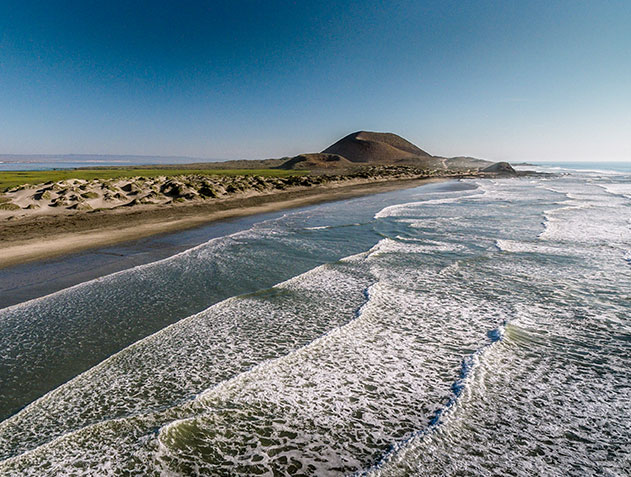
Nature is Calling
Enjoy the most beautiful natural attractions, extraordinary places full of history and color. Live one of a kind experiences alongside your loved ones during your visit to San Quintín.
San Quintin’s coast contains gorgeous interconnected bays, including Bahia de San Quintin. You can also enjoy a visit to the Santo Domingo Mision de La Frontera to view rock paintings. At San Quintin, you can even explore volcanoes!
For extreme sports enthusiasts, San Quintin’s beaches are excellent for kite surfing, surfing, and kayaking; and the great extensions of land are perfect for hiking and mountain biking. You can also go off-roading the Baja way!
Wineries

Lobster Heaven
The Puerto Nuevo Lobster Village as it is known, is a real favorite, and a long-standing tradition for many of those visiting from the US. You can enjoy incredible ocean views from most of the restaurants, however, make sure you don’t judge the restaurants by appearance alone; you might miss out! Puerto Nuevo is a great little village. All restaurants prepare the homemade traditional way their trademark beans, rice, flour tortillas, chips, and salsa with their own twist and each has their own style of serving and treating the customer.
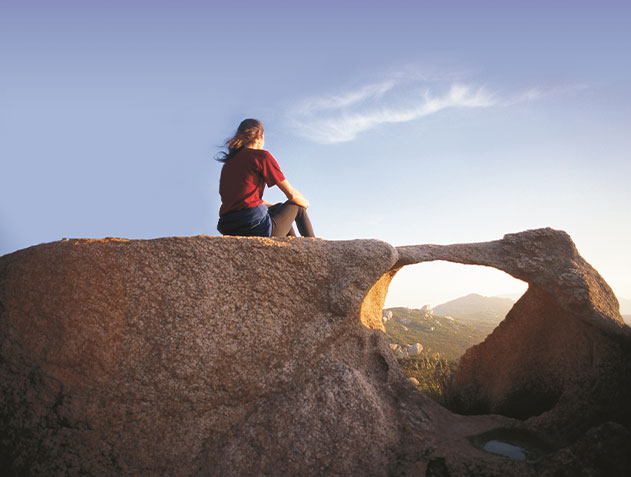
Rest, Breathe, Walk
Rest, breathe and walk the ranches of Tecate, where you can experience nature up-close; the flora fused with the architecture of cabins, enjoy its facilities traveling on horseback or on foot, explore from secluded facilities to world-class spas.
There’s also a wide range of pool ranches, which feature family activities and amenities such as swimming pools, campgrounds, cabins, hiking, and biking trails. The ranches in Tecate dress up in white come snowfall, a true spectacle; and at night, the clear skies are perfect for stargazers!
And if you are into outdoor activities, Tecate is for you! The terrain is perfect for bouldering, rock climbing, hiking, mountain biking, and other nature adventures!
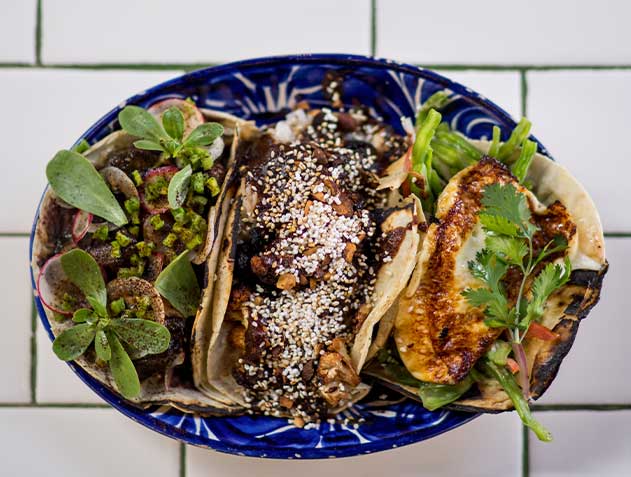
Culinary Proposals with Culinary Menus
Without a doubt, our creations, the Bajamed Kitchen and the Caesar Salad should not fail to delight in the different restaurants that have collaborated in the creation of what is considered the original cuisine of Baja California.
In Tijuana you’ll find from the fine flavors of international cuisine to the traditional and soulful Mexican favorites. And if you are into street eats and urban cooking, then Tijuana is for you, with over 80 food trucks and gastroparks, the world’s best tacos, and a community of chefs creating vibrant culinary proposals that’ll leave you wanting to taste more!

The Wine Capital of Mexico
Baja’s wine country is comprised of over 150 wineries over several valleys: Valle de Guadalupe, San Antonio de las Minas, Ojos Negros, Santo Tomás, San Vicente, La Grulla, Tanamá, Las Palmas y San Valentin. Explore a collection of dozens of wineries, a picturesque spot dotted with shops, inns, and restaurants. Mexican wines are recognized internationally attributing 90% of the country’s wine production in Mexico to Baja California.
Anthony Bourdain referred to this region as ¨A Little Tuscany¨.
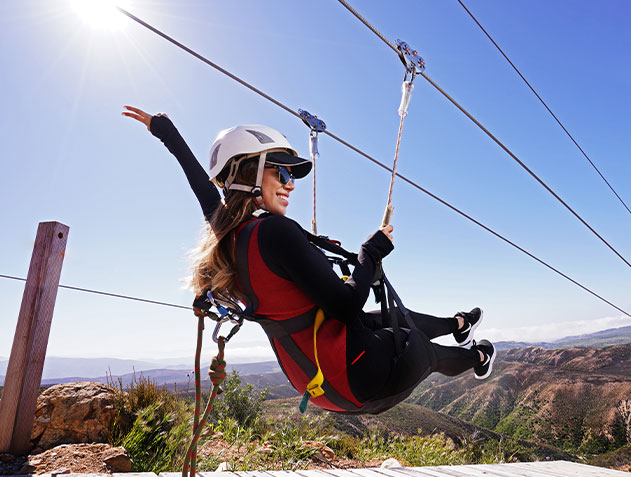
Adventure & Ecotourism
From sea to mountain, Ensenada has it all! Enjoy ziplining, kayaking, coasteering, hiking, mountain biking, surfing, diving, whale watching, and a must is cage diving among the Great White Shark! These are only a few of the many adventures that await in Ensenada!

Eat & Drink
You will be able to taste a wide gastronomic offer, from the traditional Puerto Nuevo-style lobster, to the flavors of urban cuisine and street eats made with ingredients from the region, such as: grilled carne asada tacos, marinade, fish, seafood, as well as traditional and contemporary fusion proposals.
You can also enjoy international haute cuisine and many more options for all tastes. Discover amazing Coffee shops and more! Do not forget to try delicious Baja California wine and local craft beer.
Rosarito being a beach destination offers a vibrant nightlife and party atmosphere at the famous Rosarito beach clubs!
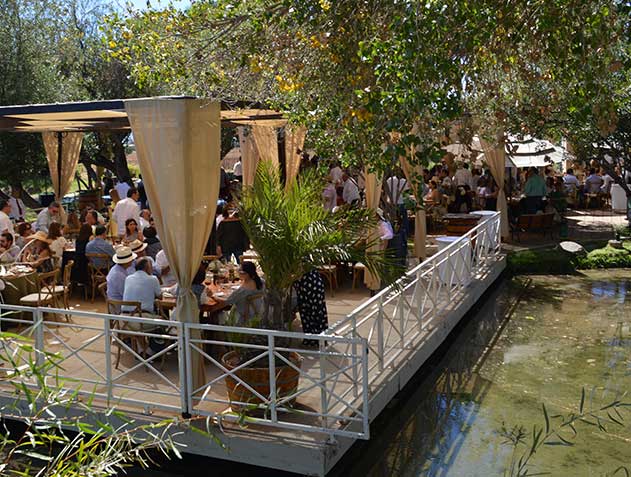
Traditional Flavors
In the heart of Baja California, you can enjoy delicious cuisine, local products are the key ingredient to the flavors of Tecate, from the traditional Mexican, through Bajamed.
Explore country-style traditional flavors in some of its restaurants near the vineyards, as well as traditional oriental, Chinese, Italian and signature cuisine.
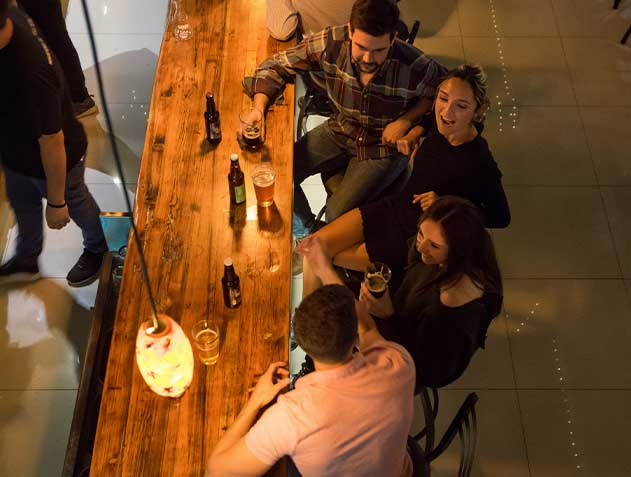
Brew Capital of Latin America
It’s already known by many that the products that stand out the most in the City is craft beer, so much that Tijuana has become the biggest producer in Latin America.
In the city, you’ll find a lot of craft beer spots, mainly in Zona Río and Zona Centro (downtown).

Wedding Destination
For Your Beautiful Story, a Stunning Destination.
These days, couples who are engaged to wed often want to find a magical place to celebrate their union and begin the rest of their story together. A destination wedding is an incredible opportunity to make the dream come true, making this big day a unique and unforgettable occasion.Ensenada is an authentic, charming, and above all, romantic setting: the ideal destination to share this important and unforgettable moment for a couple, especially when accompanied by family members and friends in a setting as warm and marvelous as this port.
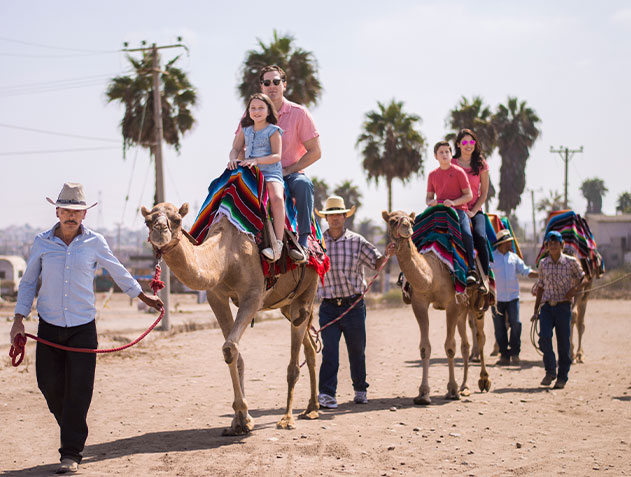
Relax and Play
Relax and unwind, Explore and Discover. In Rosarito you can enjoy a comfortable massage, water therapy and revitalizing facials in one of the local spas; or you can also venture to adventure, explore the backcountry where nature lovers can go hiking, biking, camping, off-roading, horseback and even ride a camel!
Enjoy local wave action with world-class surfing, kayaking, paddleboarding, and more. You can also explore the depths of the sea and experience the first artificial reef in the northern Pacific.
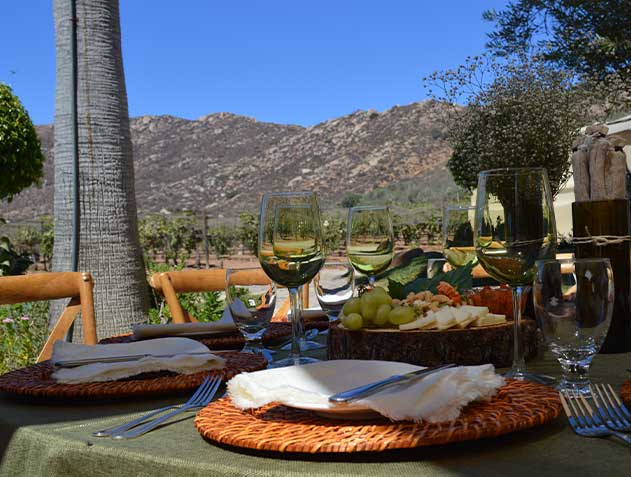
Northern Gateway to Baja’s Wine Country
The vineyards at the north gate to the Wine Route in Tecate are southbound of Las Palmas Valley and Tanamá Valley, and eastward in the Valentine’s Valley. You can visit the wine houses and learn about the cultivation of the vine, the elaboration of the wines, and their tasting.
The Tecate vineyards offer the visitor a wide range of creators of delicious wines, as well as the Harvest Festival in Tecate, events that you can not miss.
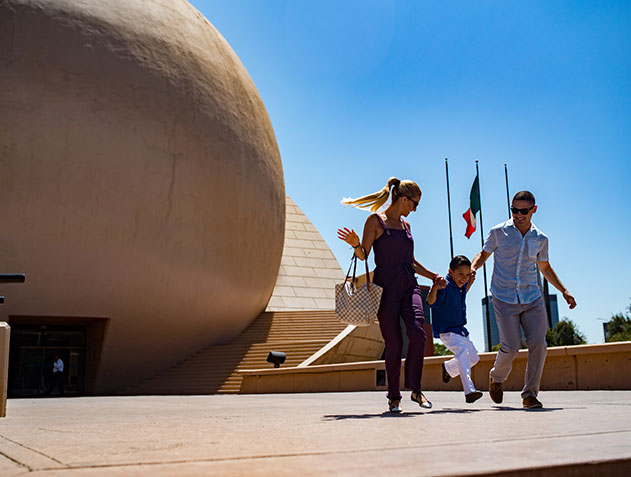
Art & Culture
Tijuana is a city with a unique artistic and cultural identity. You can learn about its culture and nomadic groups through history museums, such as the Museum of the Californias in the Tijuana Cultural Center, one of the most important cultural venues in northwestern Mexico where art exhibitions and national and foreign plays are presented. There are also cultural festivals with a large influx of attendees from different parts of the country.
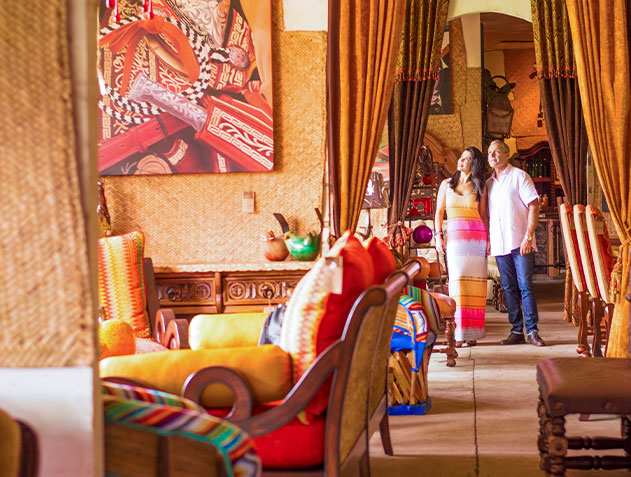
Arts & Culture
Rosarito is home to many artisans, painters, sculptors, photographers, plastic artists, and musicians, many of whom have made Rosarito their own cultural inspiration. Take a stroll along boulevard Popotla, and find that special Mexican craft piece for your home; explore art workshops, rough iron, and ironworks. You can also find everything from rustic handmade furniture to high-end custom-made furniture, proudly made by family workshops. Events like the Rosarito Art Fest feature local artists at their best at this yearly art, music, and food festival.
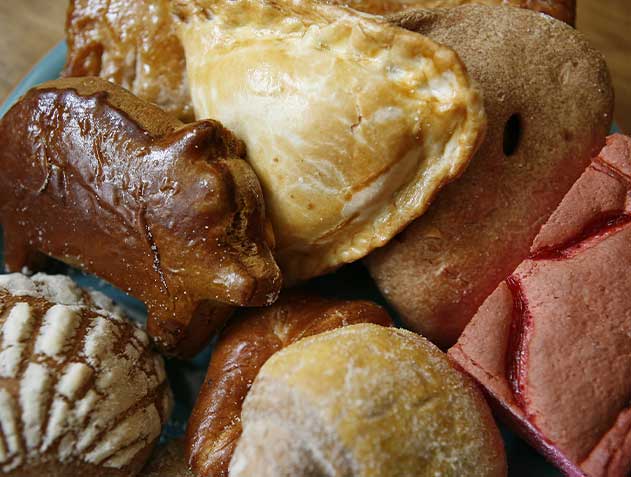
“Pan Dulce”
In Tecate, a tasty tradition you must not miss is the “Pan Dulce” (sweet bread), freshly backed daily has put this quiet town in the spotlight. You can also find places to enjoy an amazing cup of coffee and tea. All flavors have the homemade traditional touch of this Magical Town.
A local Tecate bakery has even been featured on National Geographic for the flavorful tradition.
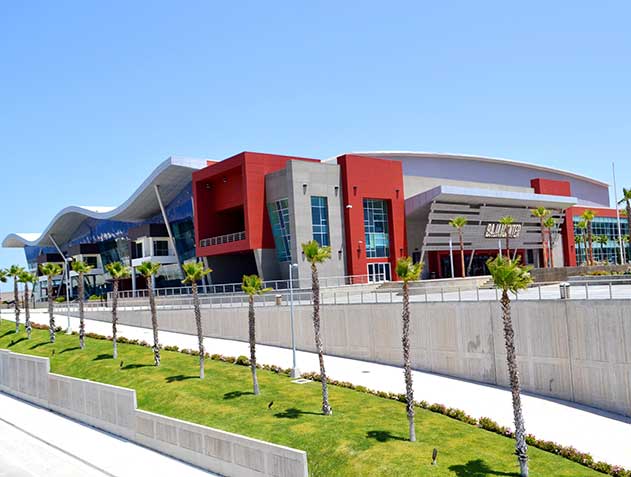
Meetings & Business
Located in the northwest corner of Mexico, it is a city favored by its geographical position, since it borders and connects with the Pacific Basin and the State of California.
Tijuana is one of the main industrial cities of the country with a strong manufacturing activity dating from the decade of the 60’s. The city has been home to world-class companies, as well as the presence of medical complexes, aerospace and electronics companies of world-renowned companies.
Its hotel infrastructure, as well as its spaces for events, meet the standards of the tourist that seeks to carry out business and work meetings, as well as mid to large scale conventions and events.
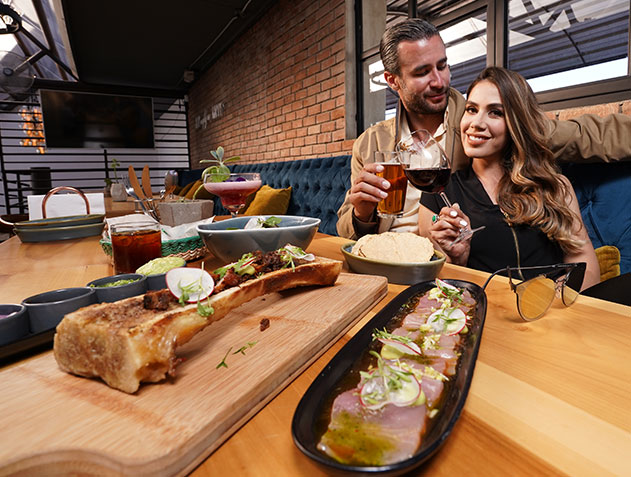
Gastronomy Creative City
Ensenada named as Creative City by UNESCO for its gastronomy. Known for fresh seafood and vegetables cultivated on these fertile lands. Here you’ll find restaurants with nationally and internationally known chefs; many of their dishes can be paired with a tasty wine from local vineyards or a cold craft beer from region breweries.
Don’t miss out on Ensenada’s street eats, seafood carts, and the famous Fish Taco, it’s a true delight!

Ensenada Nightlife
The party doesn’t end when the sun sets! Visit Papas & Beer, where a cool atmosphere meets good music. Make a stop at Bar Andaluz and taste their famous margaritas . An Ensenada classic is, of course, Cantina Hussong’s, which throughout the years has been a hit with tourists and locals. You can also take a beer tasting tour at local breweries and taprooms.

Perfect Plate to say “I Do”
The sea horizon, the breeze, and the sand are the perfect scene for the much-awaited phrase “Yes, I do”. In Rosarito Beach you will find the ideal place to have a romantic wedding; from gardens facing the ocean to rustic chic ranches with nature’s charm written all over.
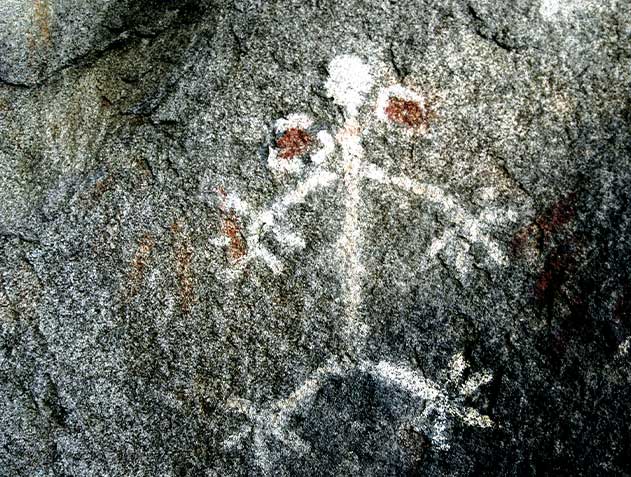
Discover the Magic
Discover why it was called “Pueblo Magico” through its community museums, gastronomy, traditions, history, and sacred Cuchuma mountain, where there are healing ceremonies and encounters with other communities.
Explore sites such as El Vallecito, where you’ll observe geometric, animal, and anthropomorphic figures. In one of the sites you’ll run into El Diablito (Observer of the sun), a figure of a man with a horn sketch over his head, which symbols the winter solstice each 21st or 22nd of December. That day the sunlight enters the cave, illuminating the eyes of the figure. It’s an incredible spectacle! At the park, you’ll find pathways to the different cave paintings.
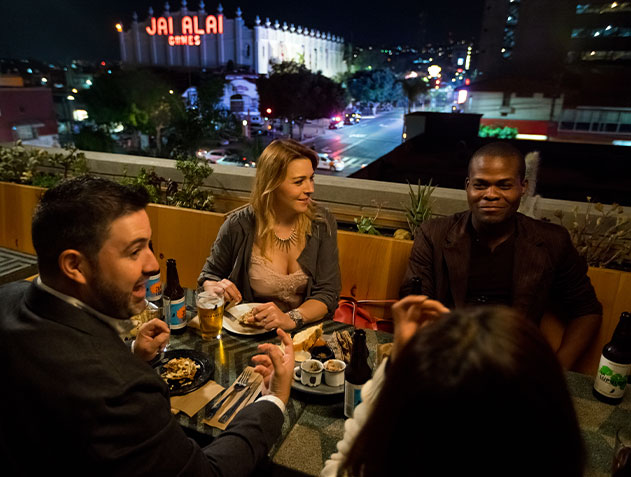
Legendary Nightlife
Tijuana’s nightlife is legendary; from the urban and hip gastropubs to contemporary cocktail bars with house signature mixologists or spend the night celebrating with friends at a traditional style cantina while mariachis play in the background; from craft brews to regional fine wine, in Baja, we have it all!


